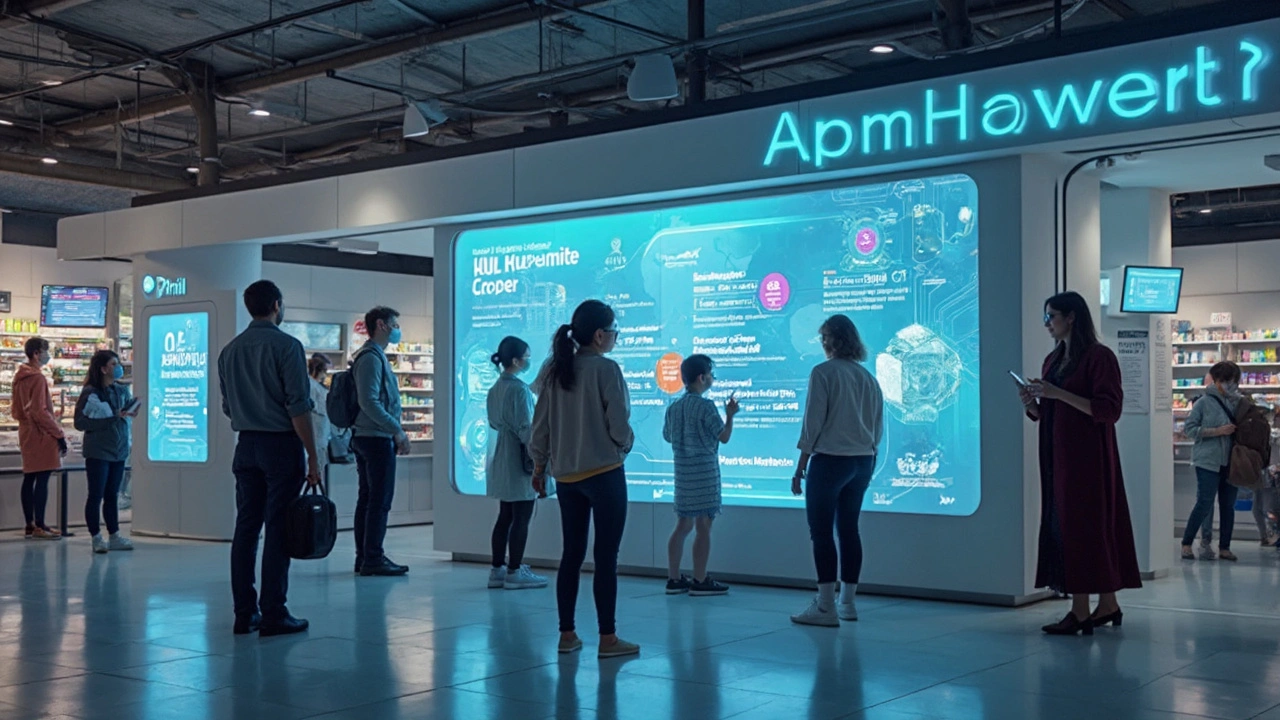Cheaper medications: smart, safe ways to lower your prescription costs
Prescription prices can feel out of control. You don’t have to accept sticker shock. This page collects practical ways to pay less for the meds you need—without risking your health or falling for scams.
First, check if a generic exists. Generic versions of brand drugs usually cost a fraction of the name brand and work the same way. For example, many blood pressure meds and antidepressants have generics that save a lot. Ask your prescriber or pharmacist if a generic or a lower-cost therapeutic alternative will do the job.
Compare pharmacies and use discount tools
Prices vary between local pharmacies, big chains, and online stores. Don’t assume the closest shop is cheapest. Use price comparison tools and discount apps (GoodRx, Blink Health, RxSaver and similar) to see real prices near you. Print or show coupons at checkout. For regular meds, a 90-day mail-order option or a warehouse pharmacy membership can drop the monthly cost significantly.
Explore assistance programs and safe online options
Drug manufacturers and nonprofit programs often offer patient assistance or copay cards for eligible people. If you’re on a tight budget, search manufacturer programs for your specific drug—many are listed on official company sites. When buying online, only use verified pharmacies. Look for a pharmacy that requires a prescription, lists a physical address, and has clear contact info. Avoid sites that sell controlled drugs without a prescription or promise suspiciously low prices.
Think about pill splitting and dose adjustments only after talking to your doctor. Splitting tablets can save money when higher-dose pills cost less per milligram, but not all pills are safe to split. Your provider can confirm whether that’s appropriate for your medicine.
Consider therapeutic alternatives when a direct generic isn’t available. Some drugs in the same class do the same job but cost less. For instance, if Symbicort or Rybelsus is expensive, ask about comparable inhalers or diabetes meds your insurer covers better. Our guides on Zestril, Atenolol, and Rybelsus explain how to talk to your prescriber about cheaper options.
International pharmacies can offer lower prices, but there are rules and risks. If you explore international suppliers, choose ones that require a prescription, use secure payment, and ship from regulated countries. Check customs rules for your country—import laws vary and can affect delivery or legality.
Finally, keep records. Track prices, receipts, and coupons so you spot real savings over time. If a new refill suddenly costs more, call the pharmacy and ask why—often a small billing or insurance issue is to blame and can be fixed quickly.
Want more details? Browse our articles on buying specific drugs safely—Felodipine, Zestril, Atenolol, Symbicort, and more—to see step-by-step tips and trusted pharmacy options. Talk with your prescriber and pharmacist—they can help pair these cost-saving moves with safe, effective care.

